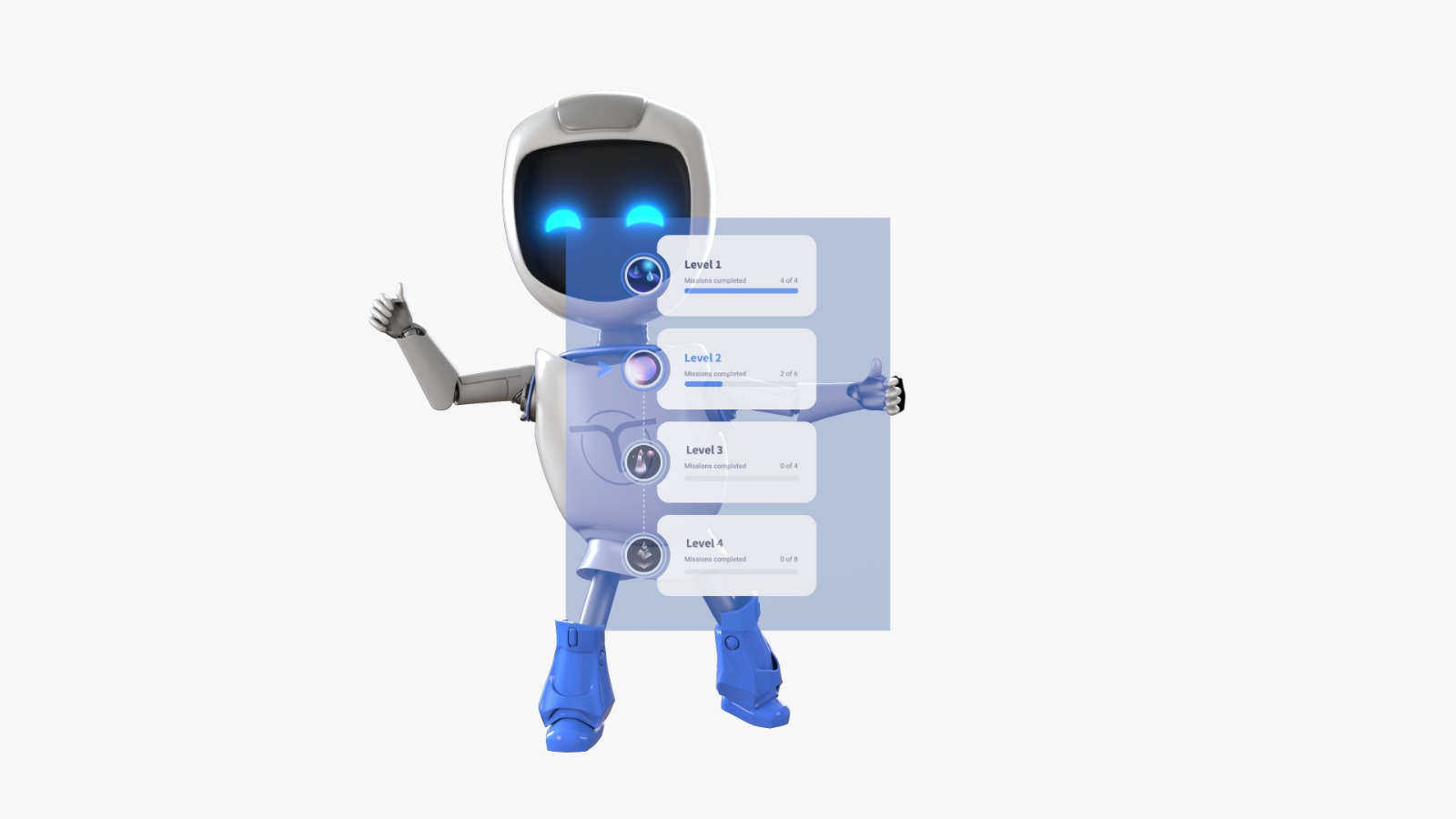Almost unconsciously, most L&D managers center their learning programs around broader topics and general concepts, not specific business needs. This default approach overlooks the essential question of what the employees need to change and how. Specific business goals, concrete KPIs and clear competitiveness rationales need to be at the core of any training product, not an afterthought.
What the conventional L&D paradigm got wrong
It is not a secret that corporate L&D involves a lot of work. In many companies, this is the department of one – often short on staff, and with a full plate of tasks to execute. But beyond the number of individual processes to complete, the underlying rationale of the type of product L&D teams need to deliver is quite straightforward – right?
Got a new product to launch? Just design a training on sales. Planning a new hiring spree? You only need to prepare an updated onboarding program. The big picture of what a training is for should be reassuringly generic and straightforward. Well, not quite.
Since the advent of e-learning, the approach of the corporate L&D industry has been centered around a fairly topic-specific logic. The trainings offered are often seen like a digital, more visually pleasing version of a coursebook you’d get from a library section. You can learn about “sales”, or about “customer experience”. You can do a course on “conflict management” to foster a more collaborative culture in your teams. The list goes on.
The problem with this approach is that it often does not see the forest for the trees. A training that is anchored in general principles and does not focus on hyper-specific business needs is doomed to fall short of reaching its objectives. This is because the course design did not put its objectives front and center to begin with.

A shift in perspective is needed, away from courses informed by topic-specific questions and towards KPI-centric programs.
A course should always be born out of a well-defined challenge that a business has. What do you want to change in your company? By how much? Until when? The answer of what needs to be learnt lies hidden in plain sight in these questions – and the KPIs that will measure your success too.
Fight learning fatigue with hyper-relevant programs
Employees at all levels stand to benefit from a change in approach. Putting KPIs and key business objectives at the heart of each course will bring more clarity to everyone. At the same time, they will give employees the reassurance that everything studied, and every bit of effort dedicated is a clear step towards more efficient work and better results.
Nobody is inherently lazy or unmotivated. But not having a sense of direction and carrying out tasks without a crystal-clear purpose can severely hamper the enthusiasm of your workforce. After all, how can you be committed to a course or any other work responsibility if you can’t tell for sure how it benefits you and the company?
A meta-analysis published in Organizational Psychology Review (2021; Gagne et al.) has shown that intrinsic motivation is by far the type of motivation most strongly associated with positive work outcomes. This means putting in effort at work out of enjoyment and interest, rather than being motivated by other sources, such as reward and punishment methods.
Knowing exactly what a course brings, what is the need that it serves and how it will benefit you as an employee is key in fostering intrinsic motivation. If clear business needs are not central to your L&D programs, the employees will quickly lose interest, and completing these trainings will become just another box-ticking exercise. Your workers do not want “another sales training”, or “another emotional intelligence training” that does not sound much different from the ones they’ve seen in the past.
Incorporating specific KPIs at the core of the curriculum will help everyone be motivated and keep the eye on the ball at every stage. Suddenly, the objective of the entire program will look more tangible and achievable.
KPI-centric courses in practice
What does a training that is connected to real business needs look like?
Let’s take sales for example. What would the traditional e-learning approach suggest? If you are launching a new product, or want to improve sales, you may think about designing a program tackling this topic. This may start off with some general principles, present the new product, explain how it is uniquely positioned in the market, and highlight some key sales approaches to apply in the case of this product. It all seems very sound and reasonable.
However, there is every chance that this kind of program will include enough duplication to make your employees lose interest. Besides this, it is probable that it will overlook adding any specific metrics on what sales success looks like. General principles and good practice all sound very good – but how can your employees, or even your managers know what a successful implementation looks like? How can you check what works best when there is no discussion on measurements?
Conventional wisdom in education states that learning should start from general principles, and gradually get into more specific, specialized details. But in corporate L&D, this method is rarely optimal, because your employees have probably been taught general principles in the past and are processing large amounts of information as part of their day-to-day work.

The opposite approach should be taken: every course should be anchored in hyper-specific business goals. What are your key sales KPIs? Do you want to increase your business’ visitors to leads conversion rate? What rate would be an ambitious yet realistic target in the short or medium-term? Is it 10%? Or is it 20%?
These are the questions that need to become the bedrock of any employee training program. Once the goal is set, everything can be put into motion with a renewed sense of purpose and direction.
Examples can be found in any topic once you look to flip this question. A course on customer experience is no longer just a course describing different steps to make a client happy. The KPI-centric approach will first define what a happy customer looks like, how they behave, and how to measure this behavior. All of a sudden, this hypothetical course is no longer generic – it is about how to increase the net promoter score of your company by a quarter over the next six months. This requires clear steps that will lead to clear, measurable results. The employees will know what success looks like, and so will their managers.
L&D platforms are already moving in this direction
Changes that have occurred in the past years in the offerings of various L&D platforms facilitate the shift towards KPI-driven programs.
The switch from clunky and static e-learning courses towards microlearning platforms has laid a great foundation for more relevant corporate trainings that are centered on clear KPIs. This format allows to pass on information in a concise, structured way that focuses on essentials and actionable insights.
Recent developments in artificial intelligence have extended into tailored applications for L&D. AI-driven microlearning platforms offer significant productivity gains, by designing courses in minutes starting from answers to key questions. This allows L&D professionals to explore different training designs with minimal effort and deliver new relevant courses faster than ever before. This allows them to input the very latest information with ease, making the process of updating their programs less expensive and more efficient.
At Code of Talent, we have taken AI-driven microlearning to the next step. Our new AI-driven service can now input your ultimate training goals as the basis of your L&D programs. This will align your trainings with your core business needs, making sure that every information passed on remains hyper-relevant. You can try this solution for yourself here, for free. With this new feature, hyper-relevant courses centered around your core business priorities lay only a few prompts away.







